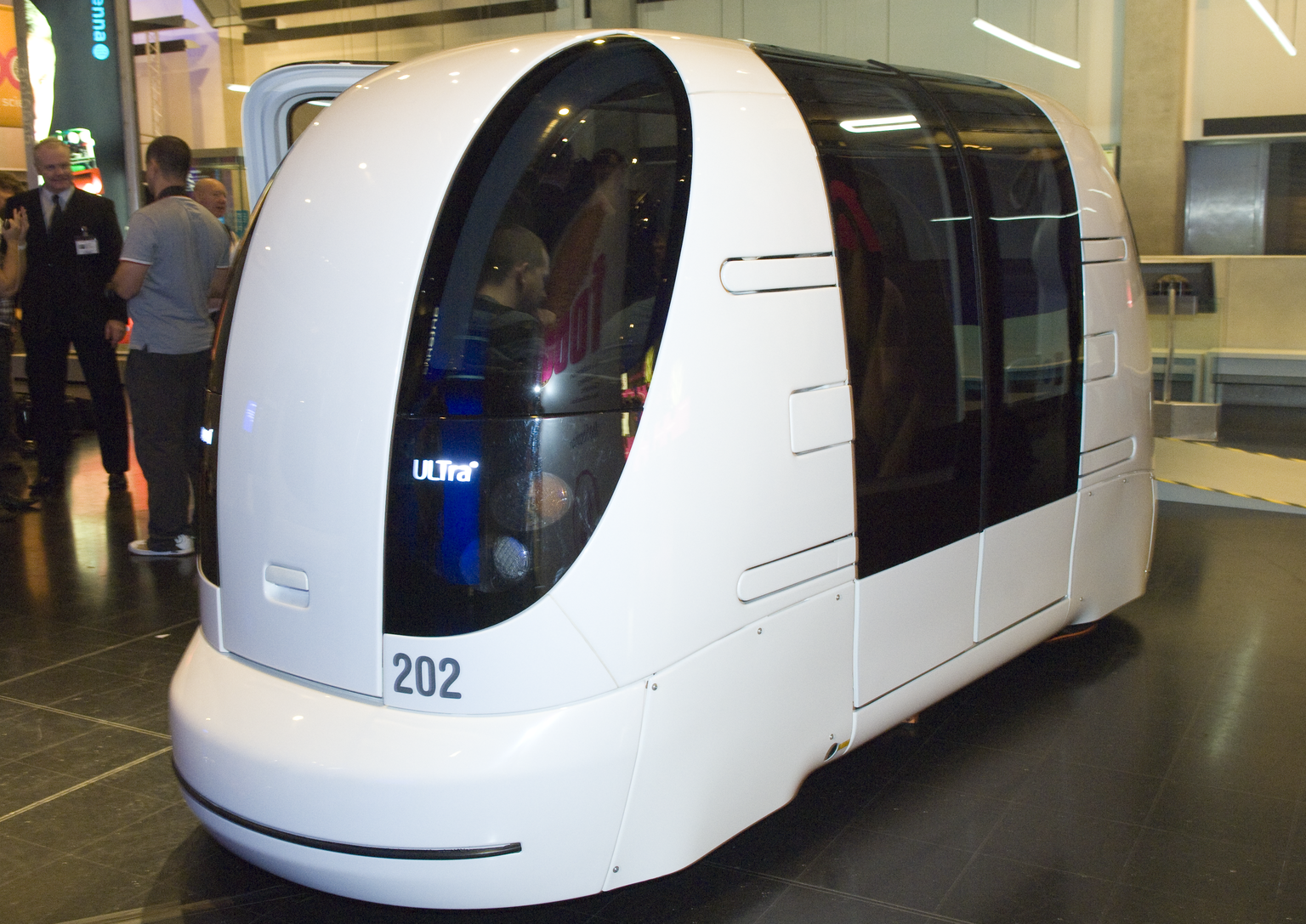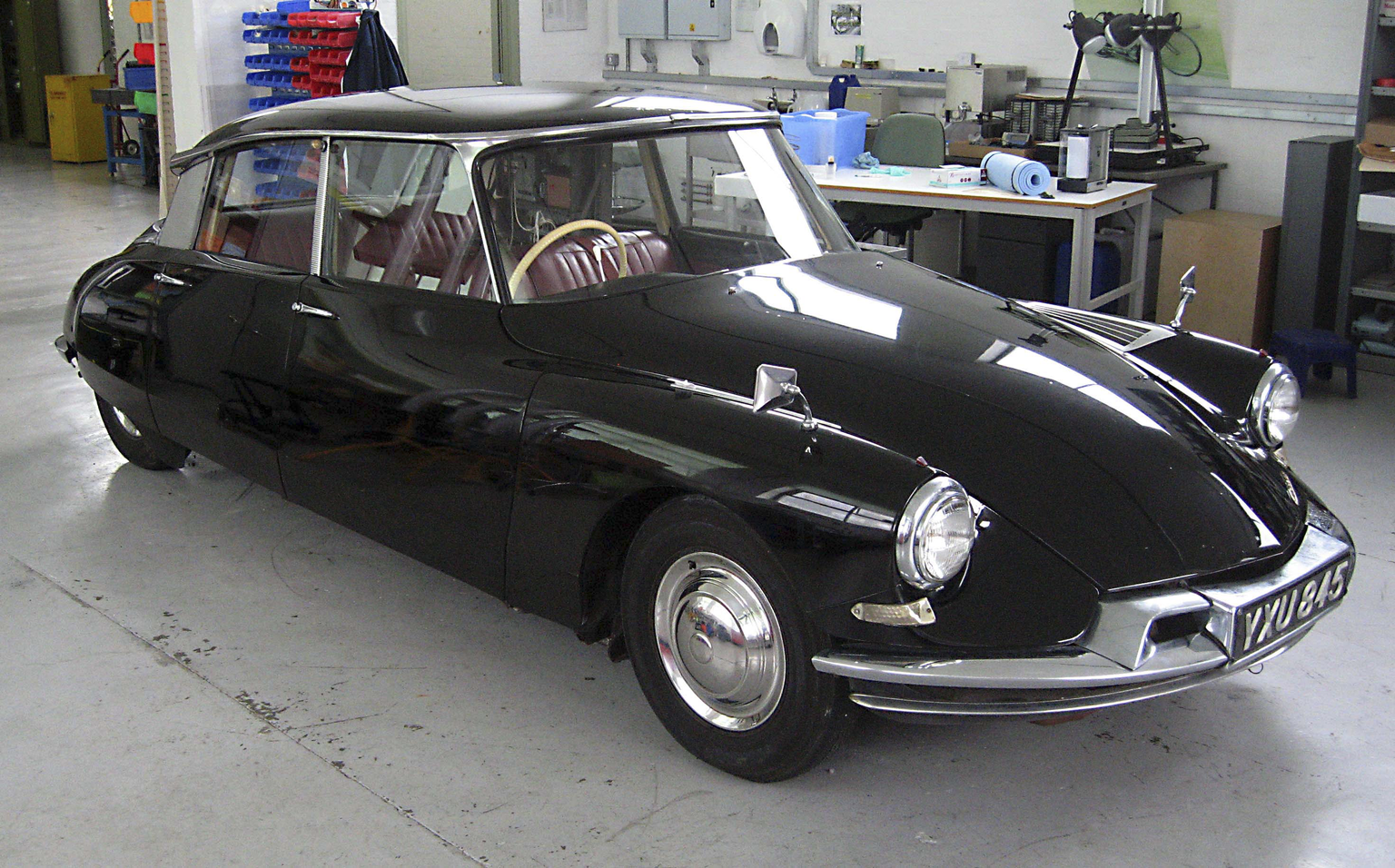Last week our Antenna team brought in a pair of self-guided ‘pod cars’ that will soon be installed at Heathrow airport, transporting passengers from the car parks to the terminals. There’s no driver in the four-seat cabins – they’re controlled by lasers bouncing off an external guideway and feedback tells the pod to steer as necessary.

It’s a sophisticated new take on a fifty-year-old concern. The Science Museum has a 1960 Citroen DS19 car which was modified by the Road Research Laboratory (RRL – now Transport Research Laboratory) to be automatically controlled.
You’ll be able to see it, along with lots of other cool stuff, in our Wroughton storage facility during the Festival of Innovation on 12 and 13 September.

The RRL chose this Citroen because its revolutionary hydraulic steering, braking and accelerator system lent itself very well to automation. An electric cable buried in a test track in Berkshire was fed with a high-frequency signal which was picked up by sensors in the car, telling the control systems what to do.
Apparently the car was perfectly happy travelling at 80mph, even around curves, and one RRL report outlines a glittering future where, by 2010, all vehicles on all major UK roads would be automated.
Following the 1960 tests on the 2.5 mile RRL track, the engineers laid a 9 mile control cable under the new M4 near Reading to carry out longer trials. It was abandoned once the M4 opened to public traffic, but I wonder if it’s still there, buried and forgotten?
The reports did recognise that it was human factors, not technology, that would limit motor car automation. We routinely trust autopilots in our airliners, and we use sat-nav and parking sensors daily, but hands-off driving is still a long way down the road.